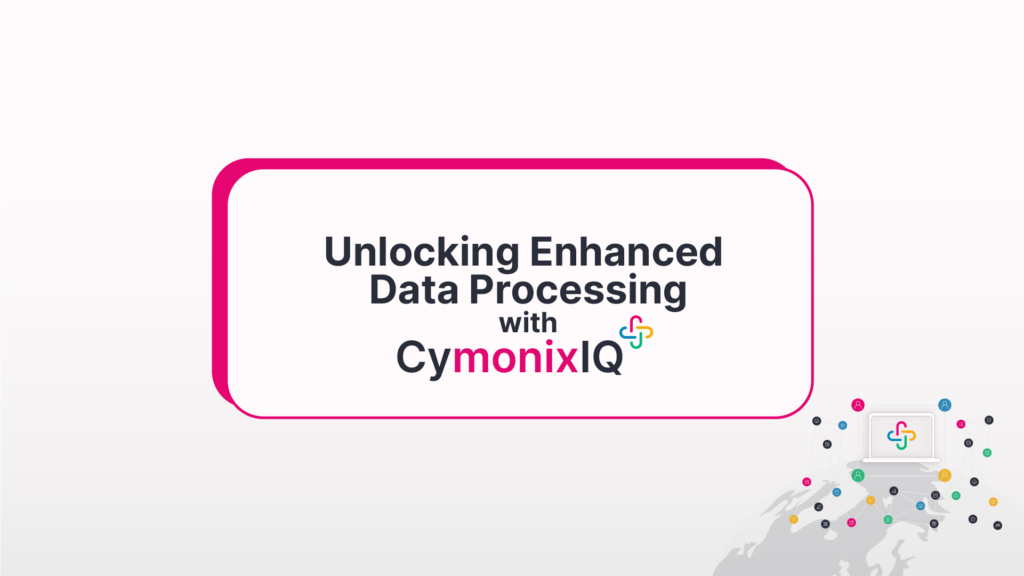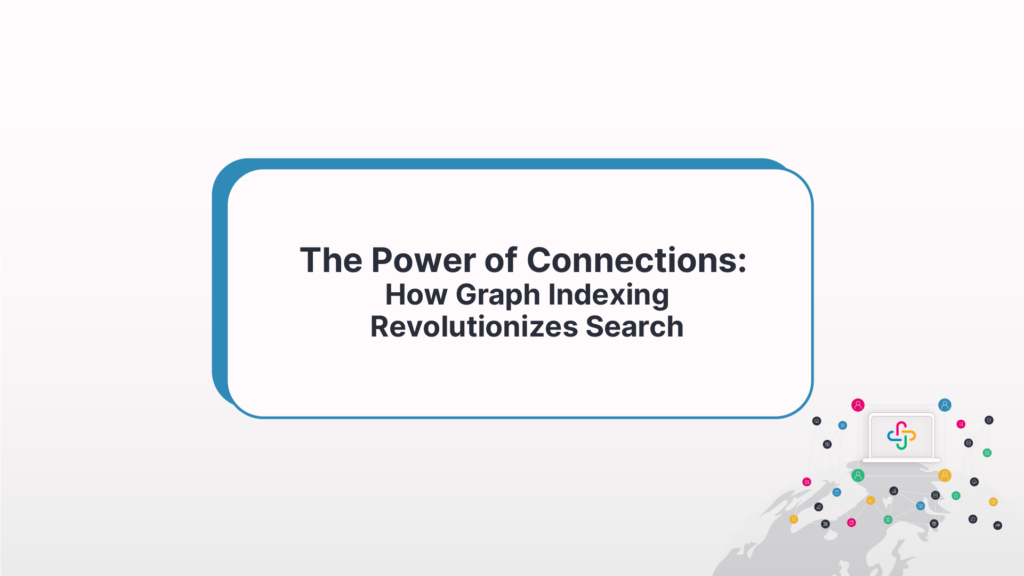The Role of Knowledge Graphs in Cybersecurity
- Bill Palifka
- January 30, 2024
In the ever-evolving landscape of cybersecurity, the battle against sophisticated threats requires innovative approaches that transcend traditional methodologies. As the digital realm becomes increasingly interconnected, the need for comprehensive and intelligent solutions has never been more crucial. Enter Knowledge Graphs—a dynamic force reshaping the cybersecurity landscape and providing organizations with a powerful tool to navigate the complexities of modern cyber threats.
Understanding the Landscape of Cybersecurity
As cyber threats continue to grow in scale and sophistication, organizations find themselves grappling with an ever-expanding attack surface. The traditional approaches that served well in the past are proving inadequate in the face of the dynamic nature of contemporary cyber threats. The landscape is marked by the relentless evolution of malicious tactics, techniques, and procedures, making it imperative for cybersecurity professionals to embrace innovative strategies that can keep pace with, and even outpace, the adversaries.
What are Knowledge Graphs?
At the heart of this transformative shift stands the concept of Knowledge Graphs. Unlike conventional databases that store data in rigid structures, Knowledge Graphs excel in capturing the intricate web of relationships between diverse data points. Imagine a dynamic network that not only stores information but also understands the context and connections between every piece of data. This is the essence of Knowledge Graphs—a paradigm that goes beyond the limitations of traditional databases and information structures.
The Role of Knowledge Graphs in Cybersecurity becomes increasingly evident when we recognize that the effectiveness of cybersecurity measures hinges not only on the volume of data but, more importantly, on the ability to derive actionable insights from that data. In the following sections, we’ll delve deeper into the pivotal role that Knowledge Graphs play in real-time threat detection, incident response, and unifying disparate data sources for a holistic view of the cybersecurity landscape. Join Cymonix on a journey into the world where intelligence meets cybersecurity, where Knowledge Graphs emerge as a game-changer in safeguarding digital ecosystems.
The Crucial Role of Knowledge Graphs in Cybersecurity
A Knowledge Graph serves as a digital twin, creating a comprehensive representation of your environment that allows for the visualization of all or specific portions of your network data. This holistic perspective proves invaluable for cybersecurity analysts, offering an accessible platform for querying and taking proactive measures. Furthermore, cybersecurity teams can leverage Knowledge Graphs to construct models aimed at identifying and thwarting malicious activities.
The automation and systematization of cybersecurity tasks hinge on the assimilation of an organization’s security data into the Knowledge Graph. This digital footprint encompasses crucial elements such as:
- Mapping connections between various systems
- Identifying systems exposed to the Internet
- Understanding user profiles and the groups they are associated with
- Cataloging permissions granted to group members
- Documenting policies and their applications to specific systems
- Pinpointing critical systems requiring heightened protection (referred to as the “crown jewels”)
Within your Knowledge Graph, a wealth of events may be included, encompassing:
- User access events
- Utilization of application resources
- Connected devices
- The health status of various services
This digital twin not only offers a visual representation but serves as a dynamic and interactive platform for comprehending the intricate interconnections within your digital ecosystem. It not only empowers cybersecurity analysts with actionable insights but also facilitates cybersecurity experts the ability to model and predict cybersecurity threats. Through the lens of the Knowledge Graph, the complexities of cybersecurity automation are streamlined, allowing organizations to proactively safeguard their digital assets.
Augmenting the Graph with Software Information
For organizations leveraging configuration management tools, harnessing their APIs presents an opportunity to seamlessly integrate software versions and health reports into the Knowledge Graph. This incorporation offers valuable insights into the monitored software and operating systems. Alternatively, for those not currently utilizing configuration management tools, the utilization of scanning tools such as Nessus or Nmap becomes pivotal. These tools, coupled with software activity logs, unveil a wealth of information ranging from versions and libraries to utilized ports and resource dependencies. The assimilation of this data into the Knowledge Graph enhances its comprehensiveness.
Enriching the Graph with Threat Intelligence
Industry-standard vulnerability databases crafted by entities like MITRE and NIST serve as rich sources of threat intelligence. Integrating this data into the Knowledge Graph enables the identification of vulnerabilities affecting critical resources and unveils potential attack paths leading to these resources.
MITRE’s ATT&CK-D3FEND matrices, freely available resources detailing attacker tactics and corresponding defensive measures, provide a nuanced understanding of potential attack paths within your infrastructure.
Visualizing Vulnerabilities and Attack Paths
Moving beyond static lists of vulnerabilities, attack paths adopt the perspective of attackers, illustrating potential multistage attack routes and the vulnerabilities exploited at each stage. This approach delves into the dynamic nature of attacks, showcasing how vulnerabilities may be interconnected in an attacker’s journey. An attack path analysis, represented visually as an attack graph, identifies diverse routes an attacker might take through the infrastructure to reach critical assets.
Assessment, Planning, and Preparation
The creation of a digital twin for your IT environment extends beyond visualization—it offers tactical advantages. Programmatically assessing the impact of proposed changes becomes a strategic capability, allowing organizations to foresee potential ramifications before implementation.
Incorporating an approval gate in the change management process becomes pivotal for safeguarding the system. Rule-based implementations enable automatic rejection or rollback of suspicious changes, or alternatively, the generation of tickets for manual review. This proactive approach ensures the protection of the system’s integrity and security.
Real-time Threat Detection
In the dynamic realm of cyber threats, time is of the essence. Knowledge Graphs equip cybersecurity teams with the capability for real-time threat detection. By continuously monitoring and analyzing data points, these graphs provide a proactive defense mechanism. Through pattern recognition and anomaly detection, Knowledge Graphs empower organizations to identify potential threats swiftly and respond before any significant damage occurs.
Contextual Relationship Mapping
One of the distinctive features of Knowledge Graphs is their ability to establish contextual relationships among disparate data points. In the context of cybersecurity, this means that instead of viewing individual events in isolation, security professionals can gain a comprehensive understanding of the entire threat landscape. By mapping relationships between seemingly unrelated elements, Knowledge Graphs enable a more nuanced and accurate analysis, allowing organizations to stay one step ahead of cyber adversaries.
Enhancing Incident Response and Mitigation
In the unfortunate event of a cybersecurity incident, rapid and effective response is paramount. Knowledge Graphs play a vital role in incident response by providing valuable context to security incidents. Security teams can prioritize incidents based on their potential impact, streamline mitigation efforts, and reduce the overall response time. This not only minimizes the damage caused by an incident but also enhances the resilience of organizations in the face of evolving threats.
Unifying Disparate Data Sources
The modern cybersecurity landscape is characterized by a vast array of data sources, ranging from network logs and endpoint data to threat intelligence feeds. Knowledge Graphs excel in breaking down data silos, integrating information from diverse sources into a unified view. This holistic perspective enables organizations to derive comprehensive threat intelligence, fostering a more informed decision-making process.
The Future of Cybersecurity with Knowledge Graphs
As we peer into the future of cybersecurity, the role of Knowledge Graphs is set to become even more pronounced. Emerging trends, such as the integration of artificial intelligence and machine learning, promise to further enhance the capabilities of Knowledge Graphs in anticipating and mitigating cyber threats. The synergy between human expertise and intelligent technologies is poised to redefine the boundaries of cybersecurity resilience.
Implementing Knowledge Graphs in Your Cybersecurity Strategy
For organizations looking to harness the power of Knowledge Graphs in their cybersecurity endeavors, a strategic and thoughtful approach is essential. Considerations such as data integration, staff training, and technology partnerships play a crucial role in successful implementation. Embracing a holistic cybersecurity strategy that incorporates Knowledge Graphs positions organizations to not only respond effectively to current threats but also to adapt seamlessly to the challenges of an ever-evolving digital landscape.
Conclusion
In conclusion, the role of Knowledge Graphs in cybersecurity is transformative. These dynamic structures bridge the gap between data and actionable intelligence, providing a holistic and contextualized understanding of the cybersecurity landscape. As organizations continue to grapple with increasingly sophisticated threats, the adoption of Knowledge Graphs emerges as a strategic imperative. The synergy of human expertise with the analytical power of Knowledge Graphs empowers cybersecurity professionals to navigate the complexities of the digital age with resilience and foresight.



